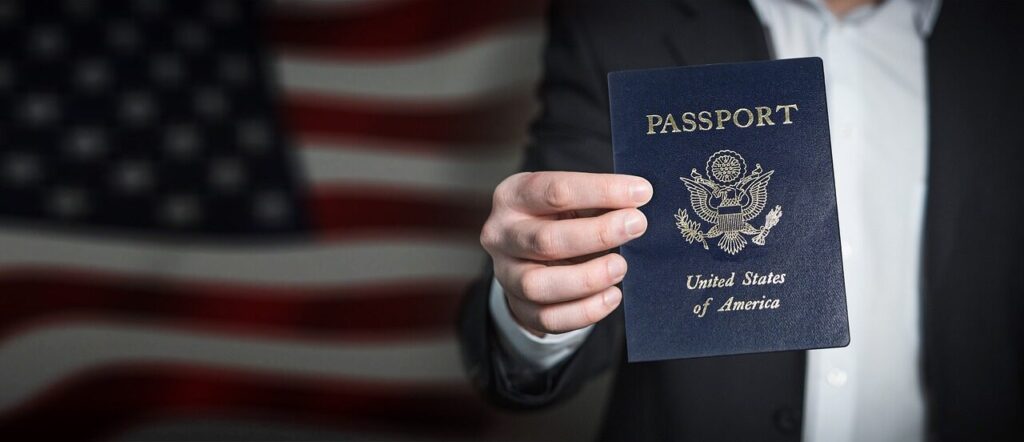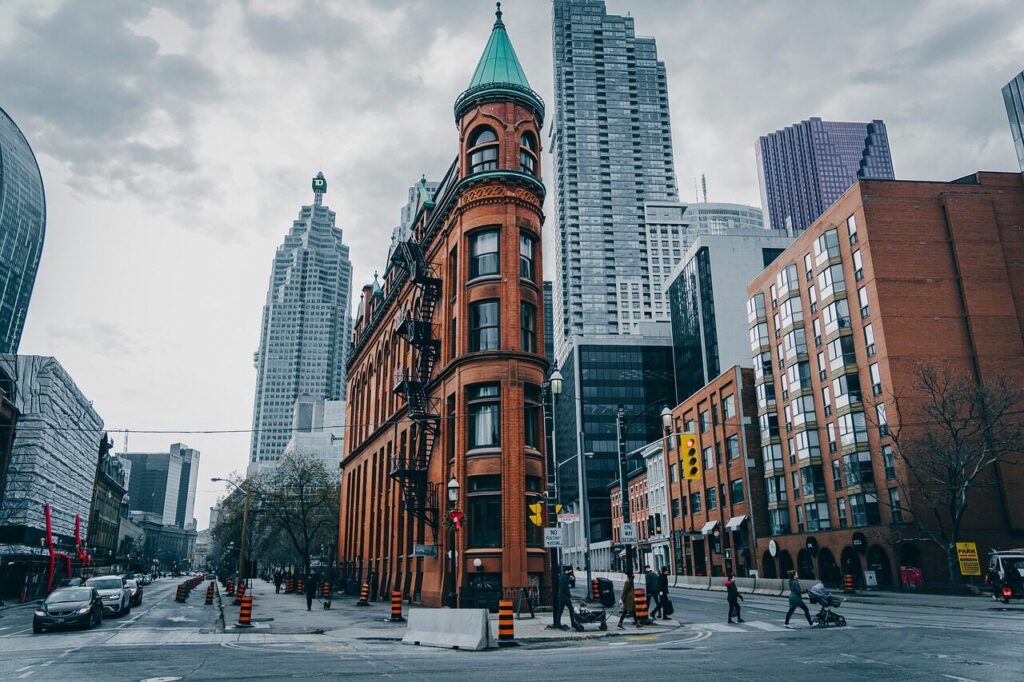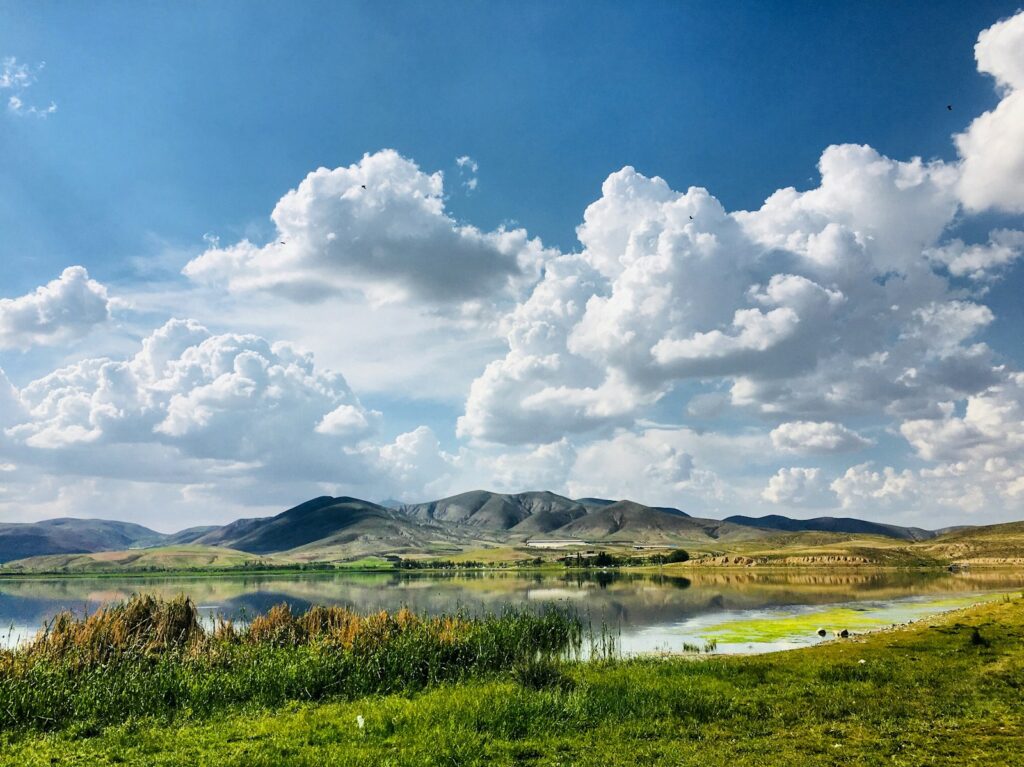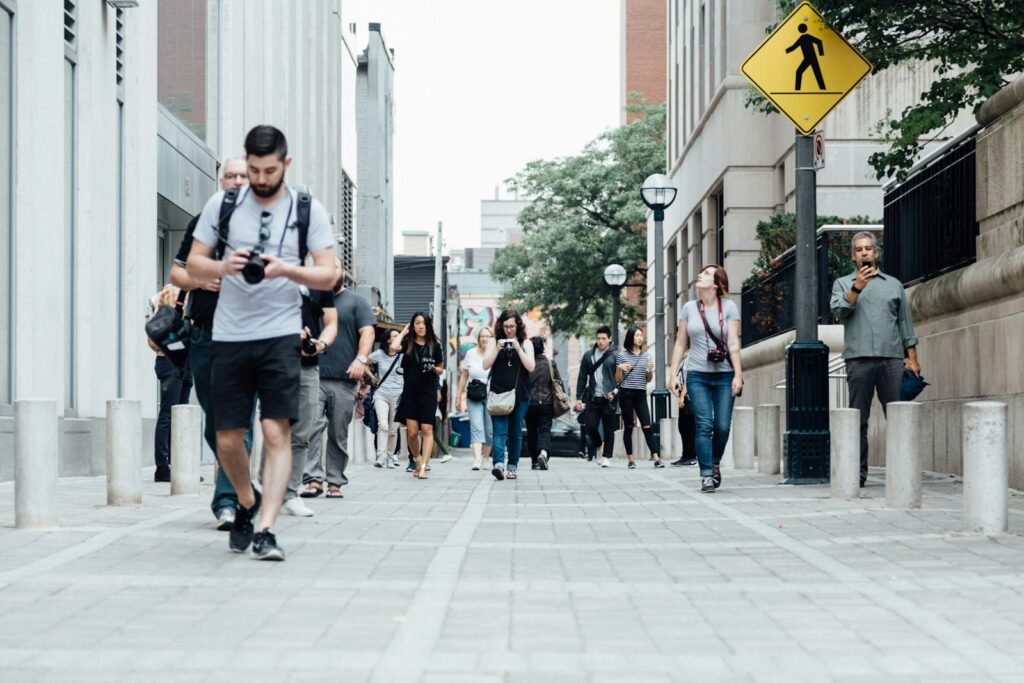Visiting Canada from the United States is a fantastic choice for those seeking beautiful landscapes, friendly locals, and a rich mix of cultures. From the buzzing city life of Toronto to the serene views of Banff, Canada offers something for every traveler. But before you pack your bags, it’s important to understand a few key differences and travel requirements. Whether you’re planning a short weekend trip or an extended stay, knowing the essentials such as entry rules, currency, and driving laws will help make your visit smoother and more enjoyable. Here are ten important things every U.S. traveler should know before heading north.
1. Valid Travel Documents Are Essential

U.S. citizens traveling to Canada must carry valid proof of identity and citizenship. The most reliable option is a U.S. passport, which is required for air travel and strongly recommended for all other entry points. Travelers entering by land or sea may use a passport card or an enhanced driver’s license if available in their state. Children under 16 can use a birth certificate. To avoid travel delays, ensure your documents are up to date and check the latest entry requirements from official government sources before your trip.
2. Visa-Free Visits for Up to Six Months

U.S. citizens do not need a visa for tourist or short-term business visits to Canada lasting up to six months. However, you must still satisfy border officials that you are in good health, have enough funds for your stay, and intend to leave the country before your authorized period ends. Travelers arriving from abroad to connect through Canada should also verify if they need an Electronic Travel Authorization. Staying informed about entry requirements ensures that your visit remains stress-free and that you can enjoy exploring Canada’s many attractions without complications.
3. Understand Inadmissibility Rules

Canada enforces specific rules about who can enter the country. Even if you are a U.S. citizen, you may be denied entry for reasons such as criminal records, previous immigration violations, or security concerns. Minor offenses like past DUIs can sometimes lead to inadmissibility, so it’s best to check your eligibility before traveling. In some cases, travelers may apply for a temporary resident permit or criminal rehabilitation. It’s always better to clarify potential issues beforehand rather than face complications at the border. Transparency and preparation go a long way toward ensuring smooth entry into Canada.
4. Know What to Declare at Customs

Canada has clear customs regulations that all visitors must follow. When entering the country, you must declare any goods, food, alcohol, or currency exceeding the allowed limits. Some items, such as fresh produce, plants, or firearms, are restricted or prohibited. Failing to declare these items can result in penalties or confiscation. Keep your receipts and be honest when answering officers’ questions. If you’re returning to the United States afterward, you’ll also need to follow American reentry rules. Understanding customs requirements prevents delays and helps maintain a smooth experience as you move between the two neighboring countries.
5. Currency and Tipping Etiquette

Canada’s currency is the Canadian dollar, which differs from the U.S. dollar in both appearance and value. It’s smart to know the current exchange rate before you travel and notify your bank or credit card company about your trip to avoid payment issues. Most places accept major credit cards, but having some local cash is useful for smaller purchases or tipping. Tipping expectations are similar to the United States, generally around fifteen to twenty percent in restaurants and for services. Being mindful of currency and local etiquette helps you interact respectfully and comfortably during your stay.
6. Driving Laws and Road Safety

Driving in Canada with a U.S. license is allowed in most provinces, but some rules differ from those in the United States. Speed limits are posted in kilometers per hour, and local laws may require daytime running lights or winter tires during cold months. Radar detectors are illegal in several provinces, and fines for violations can be steep. Seat belts are mandatory, and impaired driving laws are strictly enforced. Always carry proof of insurance and vehicle registration. Reviewing regional driving regulations before hitting the road ensures a safe and hassle-free travel experience throughout Canada’s scenic routes.
7. Health Care and Travel Insurance

While Canada’s health care system is excellent, it does not cover medical expenses for foreign visitors. U.S. travelers should purchase travel health insurance that includes medical emergencies, prescription coverage, and trip cancellations. Even minor medical treatments can be expensive without insurance. It’s also wise to bring any personal medications and prescriptions in their original packaging. Knowing the location of nearby hospitals or clinics in your destination city can be helpful in emergencies. Investing in travel insurance offers peace of mind, ensuring that unexpected health issues do not disrupt your plans or drain your budget.
8. Mobile Service and Internet Access

Mobile phone coverage in Canada may differ depending on your U.S. carrier and location. Before traveling, check with your provider about roaming rates, data plans, or international options that include Canada. Some carriers offer affordable cross-border packages, while others may charge higher fees for data use. WiFi is widely available in urban areas, hotels, and cafes, but it can be limited in rural or remote regions. To stay connected, download maps, translations, or travel apps for offline use. Preparing your phone setup before departure keeps you connected and helps prevent unnecessary charges.
9. Weather and Regional Differences

Canada’s climate and geography vary greatly from coast to coast. Southern cities like Vancouver and Toronto can be mild and rainy, while northern regions experience colder temperatures and longer winters. Always check the forecast for your destination and pack accordingly. Winter travelers should be prepared for icy conditions and consider bringing appropriate clothing and gear. Summer in Canada can be warm, but evenings often cool quickly. If you plan outdoor adventures, research seasonal conditions and park advisories. Understanding local weather patterns allows you to plan better and enjoy your trip comfortably, no matter the region.
10. Respect Local Culture and Customs

Canadians are known for their politeness, inclusiveness, and respect for the environment. Simple gestures such as waiting your turn in line, saying thank you, or holding doors for others go a long way. In provinces like Quebec, where French is widely spoken, learning a few basic phrases shows cultural appreciation. Recycling and eco-friendly habits are also encouraged throughout the country. Respecting Indigenous lands, wildlife, and natural parks is important to locals and travelers alike. By observing cultural norms and demonstrating courtesy, you’ll find Canadians warmly welcoming and your trip far more rewarding and memorable.
Comments